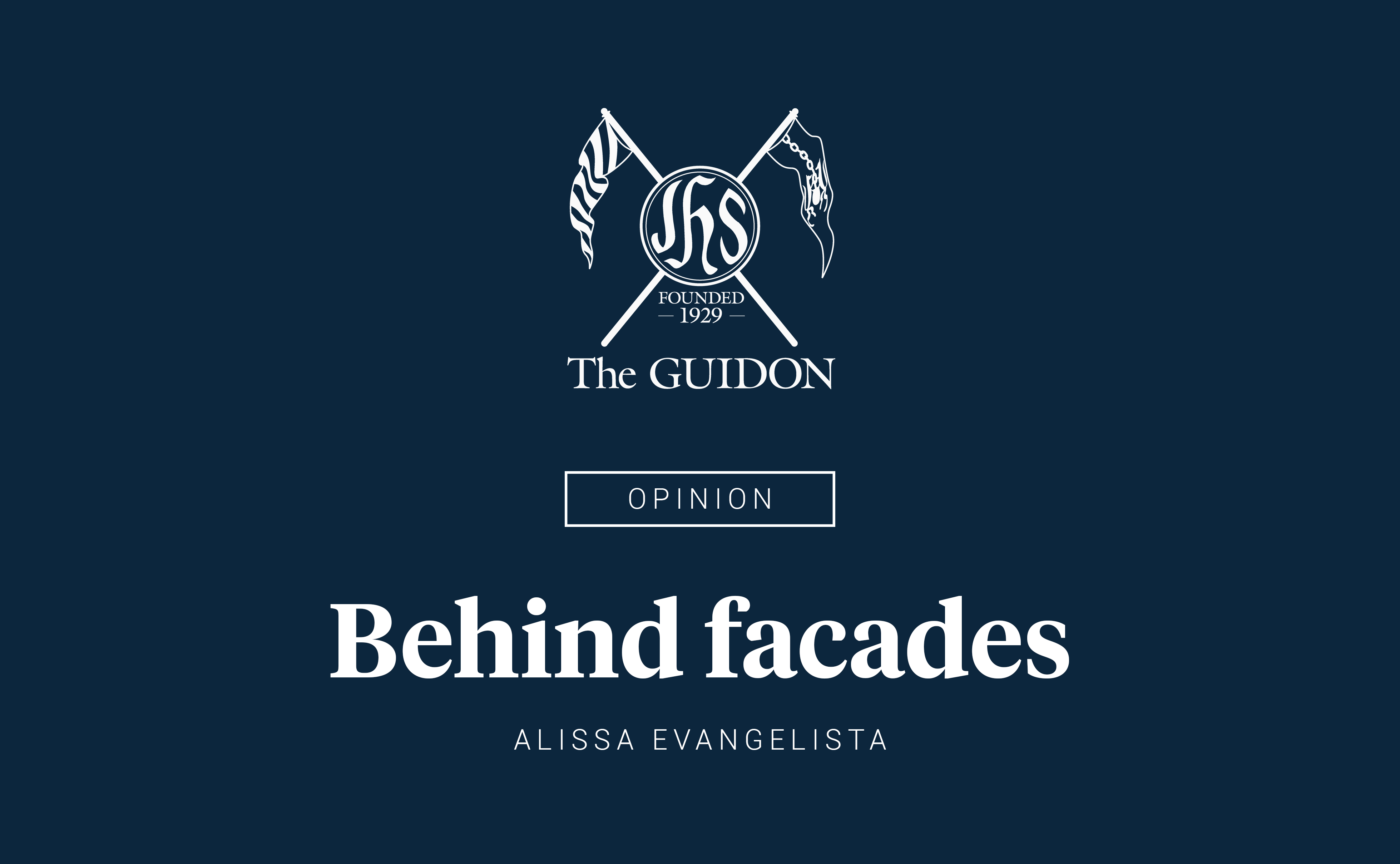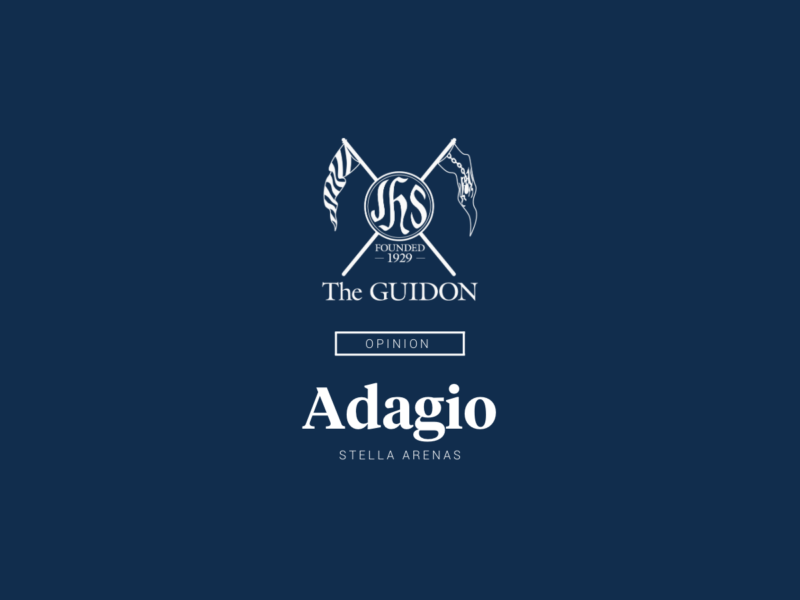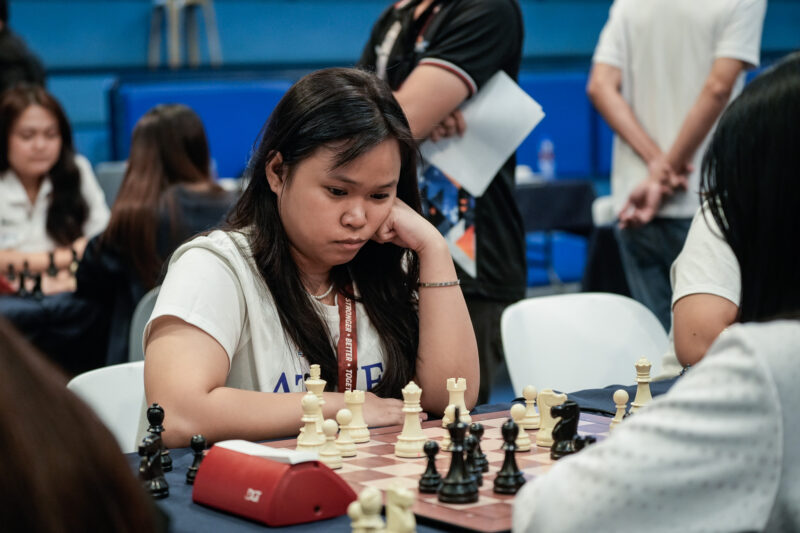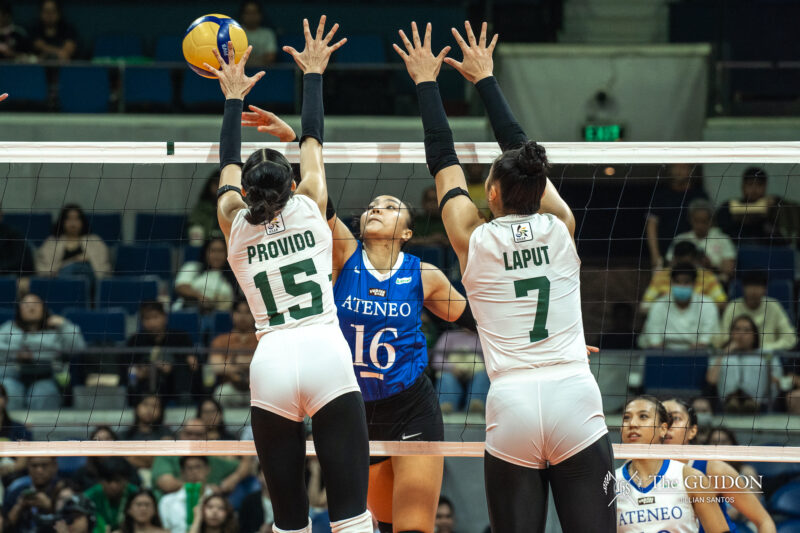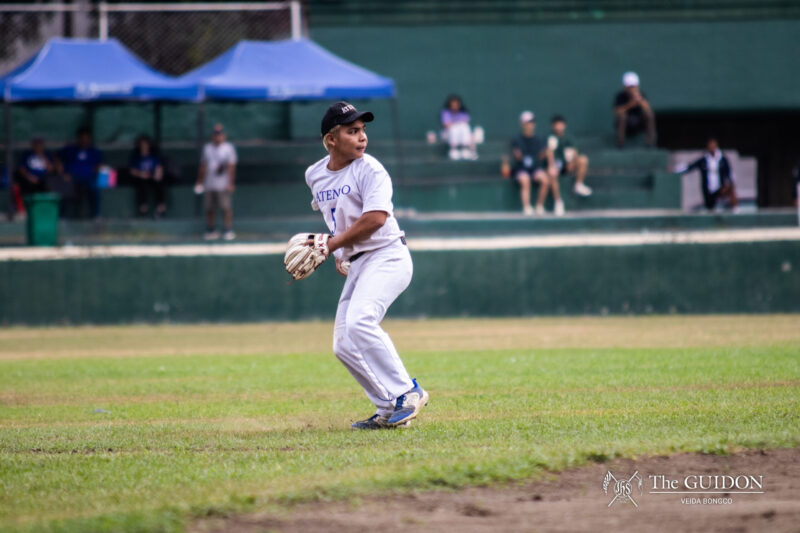OPINION: I TRIED fighting for the last few centimeters of height I could get before I reached 18. The ticking time bomb has since exploded, and now I am left to live with the curves for good.
I was diagnosed with Adolescent Idiopathic Scoliosis (AIS) when I was in sixth grade. My doctor recommended that I go for the bracing treatment with a Boston brace—which I could wear under my clothing—over the riskier surgery, as I had moderate S-shaped scoliosis.
In an attempt to seek more affordable treatment, we went to a public hospital specializing in my condition. The head doctor gave me a different brace; a more structured-looking one. She went on to explain how the former brace option was not as effective as the latter. Convinced, we went for it.
Back then, I didn’t realize that this piece of metal could change my life.
The Milwaukee brace was a pain. The expectation to wear it for 23 hours was just not feasible; it meant one’s day would be dedicated to following a strict routine of shower and therapy.
With the gravity of my AIS, I had to visit the hospital every three months. I’d skip class each time because the process of adjusting the brace was time-consuming. The process was inefficient and the approach was unprofessional; I remember being threatened with surgery when I refused to wear my brace for 23 hours.
Truthfully, I did so because judgmental glances were another hurdle I had to overcome. There were times I’d go outside and people would be staring at me. It was a physical struggle with bruises being left on my skin, and mentally by seeing a mix of pity and disgust in people’s eyes.
Besides that, I barely got to wear the outfits I wanted. Wearing the brace alone was hot and uncomfortable. What more if I were to bother wearing delicate pieces of fabric? The feeling of wearing it was nothing like Regina George at Spring Fling or Chanel no. 6 in Scream Queens.
I cannot embellish the story. I can still be in the narrative of such films, but only as someone to be bullied. Unlike Regina George or Chanel no. 6, high school was a tough time to wear it.
With that, I decided to only use it during nighttime. It only kept my curvature as is because of the limited time of use. When I turned 18, the head doctor prompted me to get a new brace. Surprisingly, I saw that it was the same brace they claimed was ineffective. I couldn’t be more frustrated with how inconsistent the same doctor and hospital could be. If only I had their approval to wear the Boston brace, I would have worn it every day. Now, time is gone.
While I have dodged the fear of being isolated in high school, I couldn’t help but be enveloped by other fears surrounding scoliosis. I fear that one day I would be discriminated against; this time, by an employer who sees me as either disabled or too short to make the cut.
I am also discouraged by the chance that the myths surrounding scoliosis pregnancy might actually be true or that I would pass this on to my future children, and they would have to deal with the same difficulties I experienced. The fear lives on.
Scoliosis has been normalized, almost to the point where people may start thinking it is not a long-term disease that may require treatment. AIS in particular has no known cause and can affect anyone, which is why it should be taken seriously. This is not a laughing matter or an opportunity to compliment anyone that they have great “curves.”
Just like our spines, scoliosis treatment is like going through blind curves where the future is uncertain. There is no assurance with the time and money invested.
So as to not have another experience of uncertainty like mine, it’s important to invest in studying AIS more. Doing so can make treatment plans consistent, and patients will no longer have to consult multiple professionals. On top of that, each patient’s mental health should be prioritized, too. I wish communities and support groups were made more available to me; that way, I wouldn’t have felt alone as I traversed the road of treatment.
What the rest can do is to drive smoothly on the road, and take it easy on us with scoliosis—to not surprise us as we take on the blind curve.

